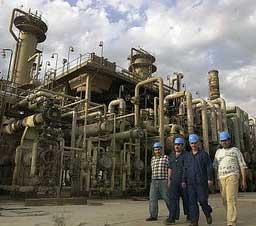Appropriate policy responses were made by Central Asian countries responding to the global crisis, including currency depreciation to lower foreign exchange inflows, easing monetary policy and launching short-term liquidity for restricting the credit crunch, as well as other fiscal stimuli.
According to the International Monetary Fund Survey from May 2009 the growth in Central Asia including the Caucasus was expected to decrease by 0.9% in 2009 as result of the global economic crisis. However, the IMF recommends that these countries take more measures such as allowing exchange rate flexibility to preserve competitiveness and enhance the country's currency; improving social safety nets to protect the poor; and imposing tighter banking oversight to reduce finance system vulnerabilities and sector risks.
- Population, Area, GDP, Inflation & Unemployment
- Major Exports
- Imports and Exports
- IMF Growth Projections

